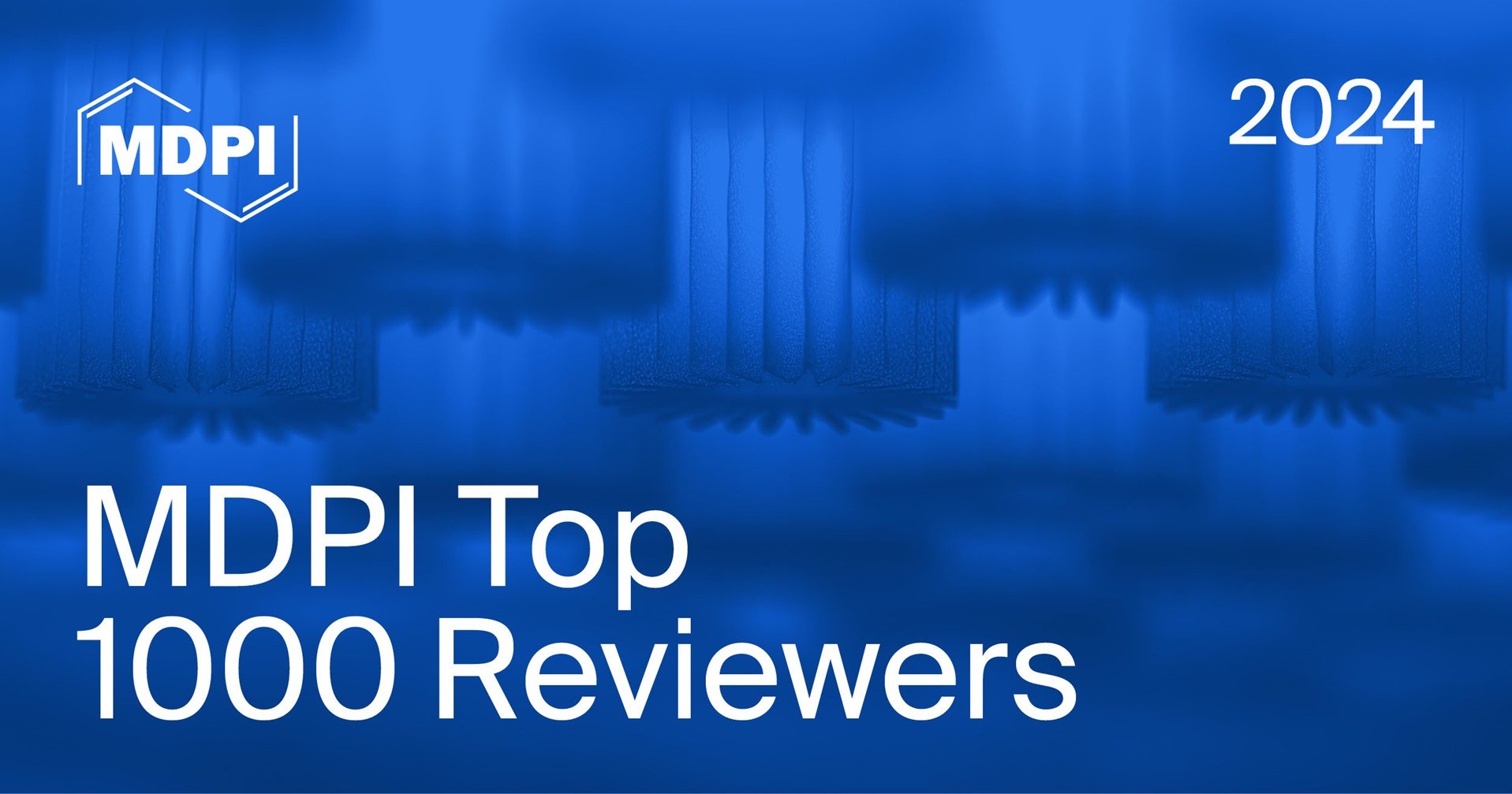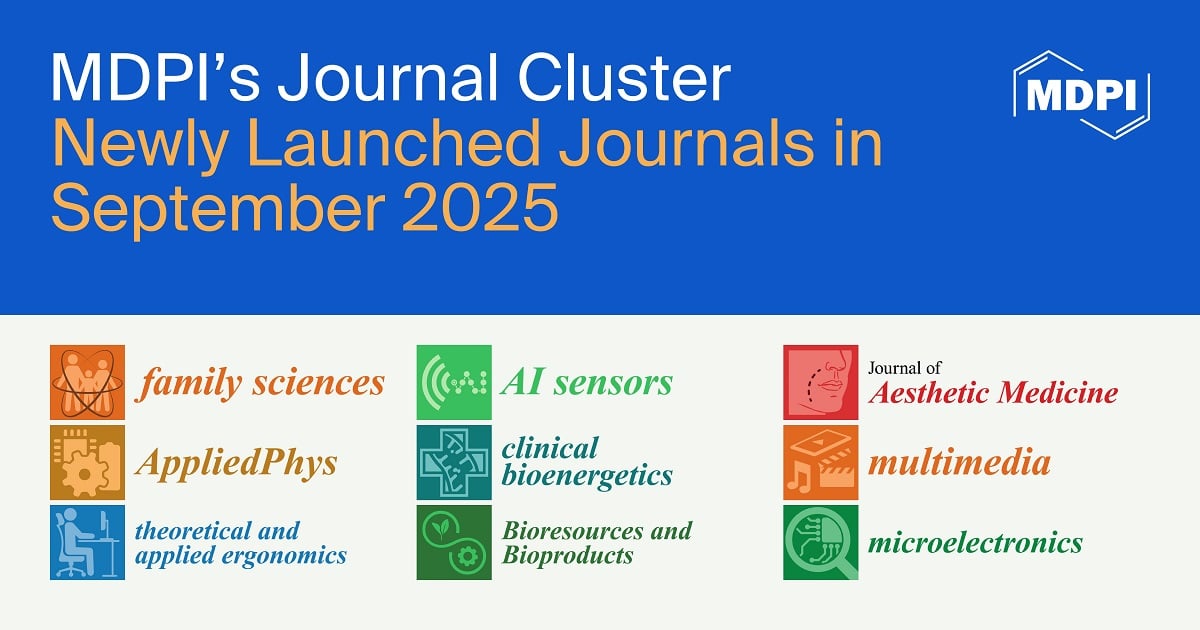-
 Incorporation of E-Waste Plastics into Asphalt
Incorporation of E-Waste Plastics into Asphalt -
 Listericidal Novel Processing Technological Approaches for the Safety of Milk and Dairy Products: A Systematic Review
Listericidal Novel Processing Technological Approaches for the Safety of Milk and Dairy Products: A Systematic Review -
 Towards a Social Model of Prematurity: Parental Inclusion and Social Context in Neonatal Care
Towards a Social Model of Prematurity: Parental Inclusion and Social Context in Neonatal Care -
 Risk Management of Aggressive Behaviors in Mental Health Units for Adolescents: A Scoping Review
Risk Management of Aggressive Behaviors in Mental Health Units for Adolescents: A Scoping Review
Journal Description
Encyclopedia
- Open Access— free for readers, with article processing charges (APC) paid by authors or their institutions.
- High Visibility: indexed within Scopus and other databases.
- Rapid Publication: manuscripts are peer-reviewed and a first decision is provided to authors approximately 26.9 days after submission; acceptance to publication is undertaken in 4.5 days (median values for papers published in this journal in the first half of 2025).
- Recognition of Reviewers: APC discount vouchers, optional signed peer review and reviewer names are published annually in the journal.
Latest Articles
E-Mail Alert
News
Topics
Deadline: 31 October 2025
Deadline: 31 July 2026



















